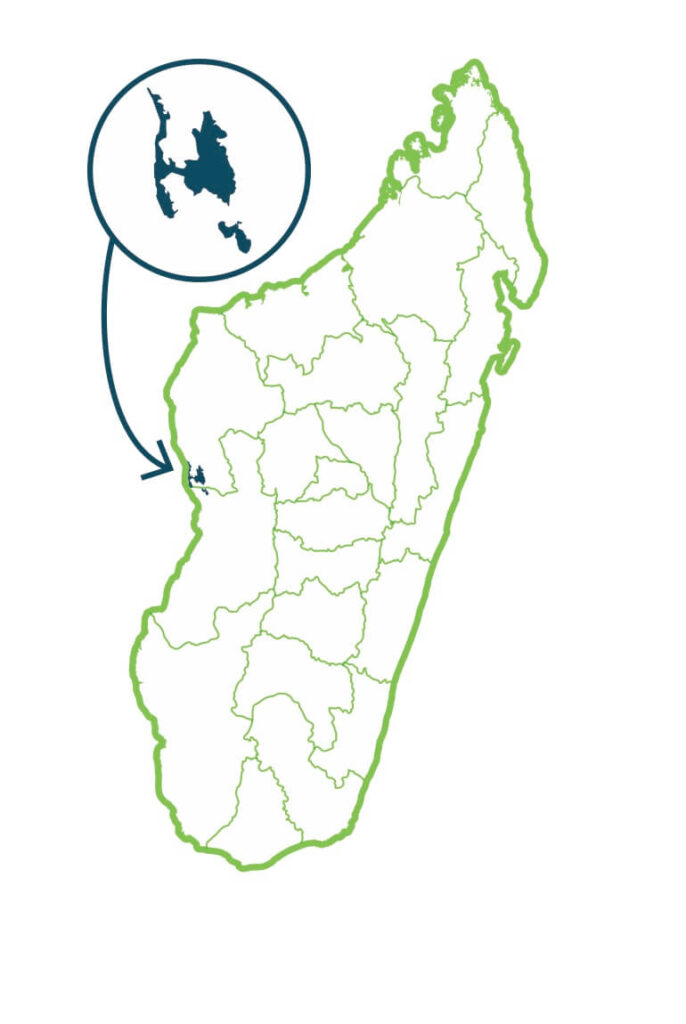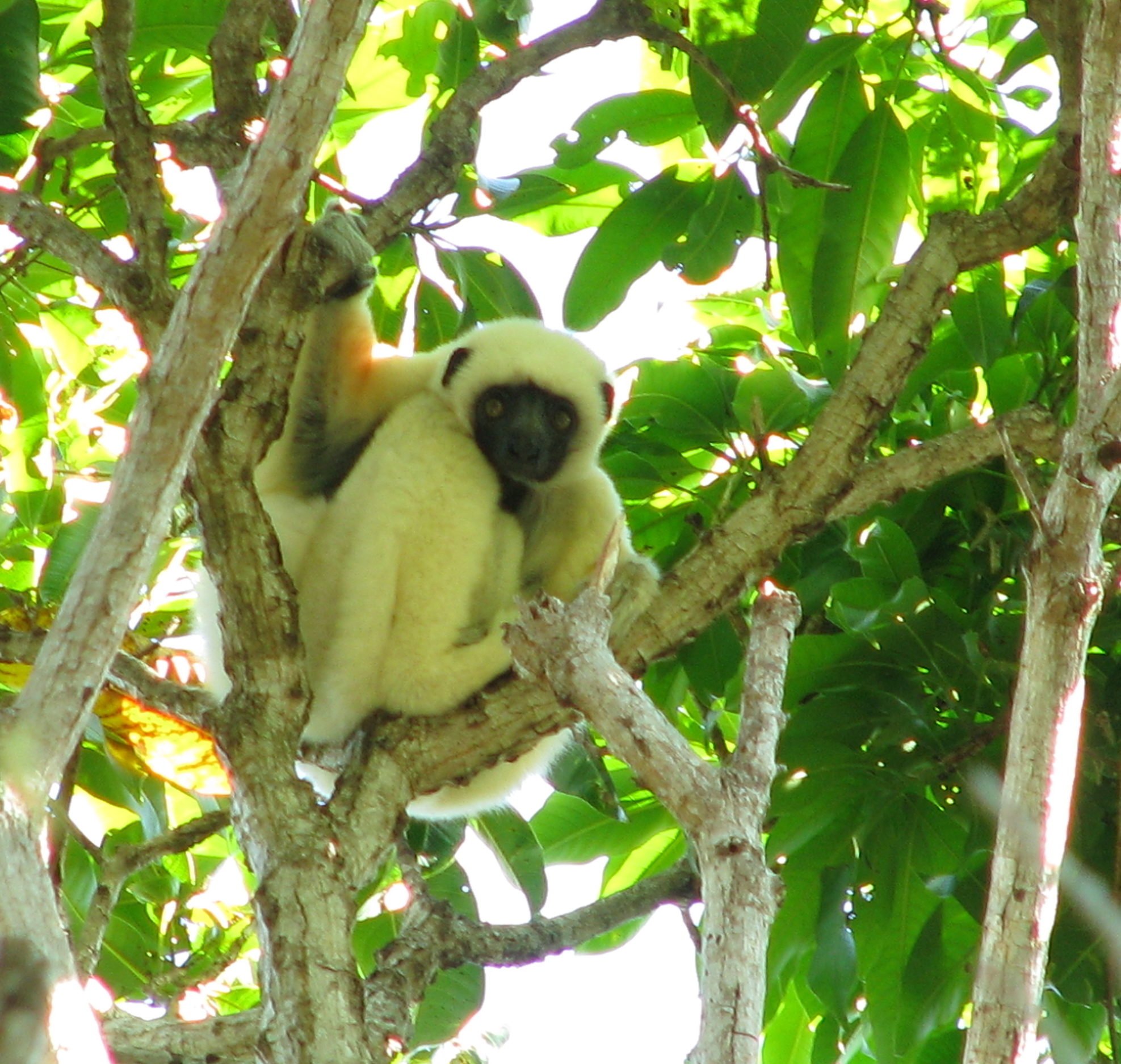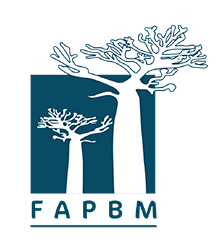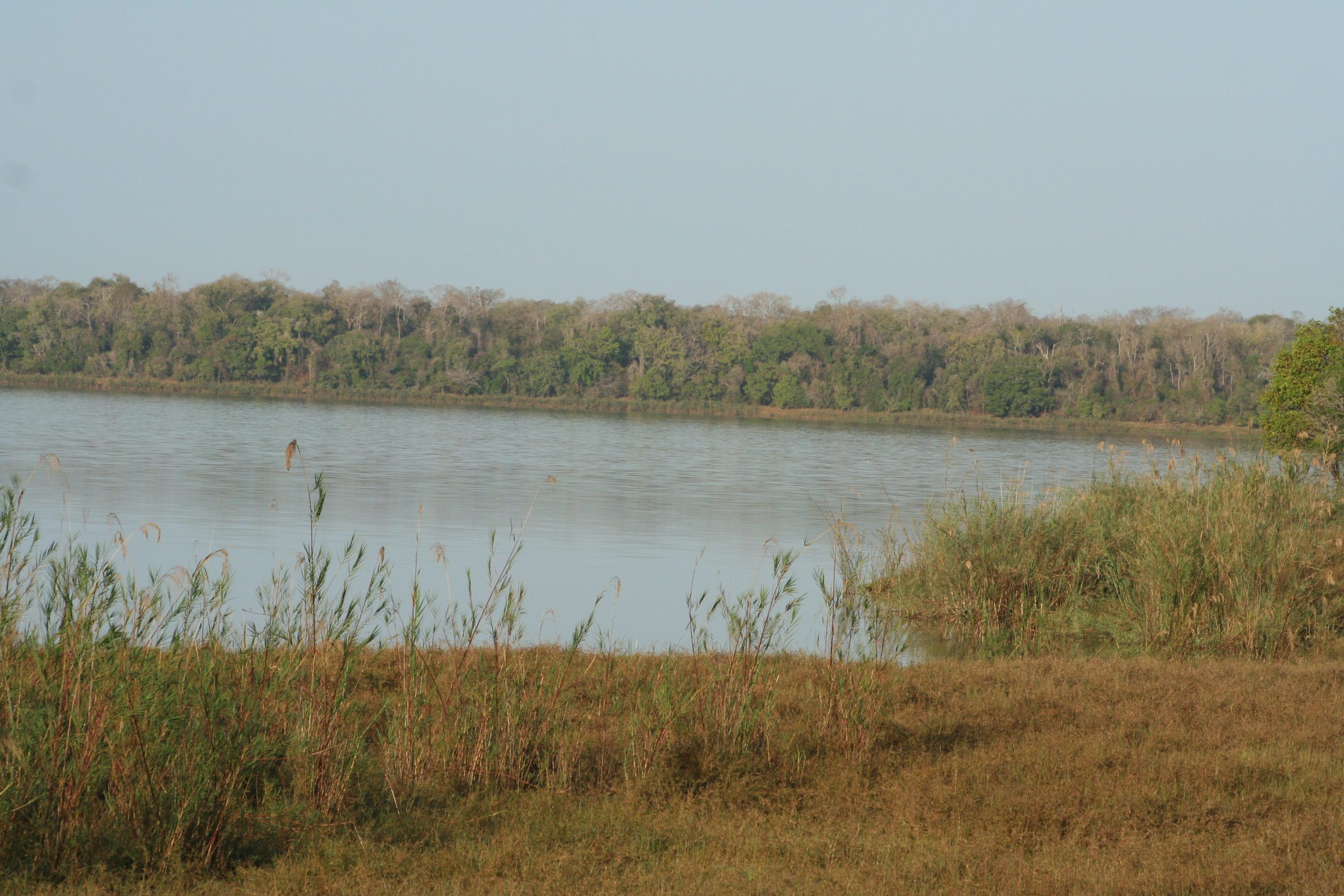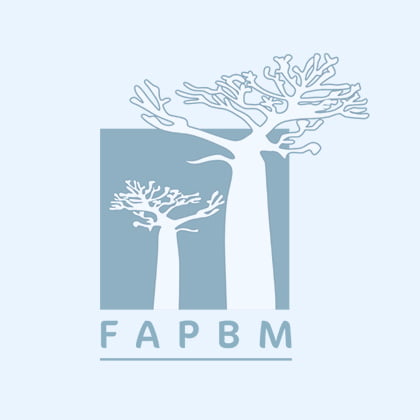Flagship Species
3 types of natural habitats coexist in this protected area: dry deciduous forest, mangroves and lakes.
The lake ecosystem offers fishermen significant and stable sources of income through the rational management of the protected area. The products of these fishing activities can supply Morondava and even Antananarivo markets.
Propithecus deckenii and Haliaeetus vociferoides (the Madagascar eagle) are among the iconic fauna in this protected area.
